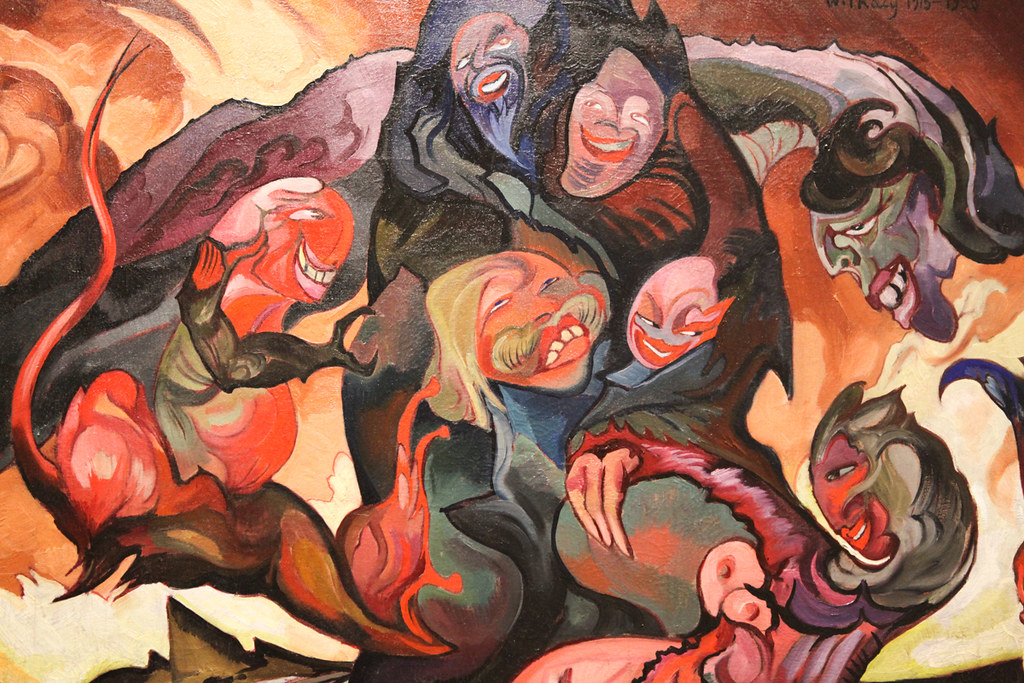Neoclassicism is the revival of a classical style from or treatment in art, literature, architecture and music. Neoclassical architecture is an architectural style produced by the neoclassical movement that began in the mid-18th century. In its purest form, it is a style principally derived from the architecture of classical antiquity, the Vitruvian principles, and the work of the Italian architect Andrea Palladio.
Romanticism An artistic and intellectual movement originating in Europe in the late 1700s and characterized by a heightened interest in nature, emphasis on the individual's expression of emotion and imagination, departure from the attitudes and forms of classicism, and rebellion against established social rules. Realism was an artistic movement that began in France in the 1850s, after the 1848 Revolution. Realists rejected Romanticism, which had dominated French literature and art since the late 18th century. Realism revolted against the exotic subject matter and exaggerated emotionalism and drama of the Romantic movement.
Impressionism is a style of painting associated mainly with French artists of the late nineteenth century, such as Edgar Degas, Edouard Manet, Claude Monet, and Pierre-Auguste Renoir. Impressionist painting seeks to re-create the artist's or viewers general impression of a scene. The Impressionists loosened their brushwork and lightened their palettes to include pure, intense colors. They abandoned traditional linear perspective and avoided the clarity of form that had previously served to distinguish the more important elements of a picture from the lesser ones. For this reason, many critics faulted Impressionist paintings for their unfinished appearance and seemingly amateurish quality.
Expressionism a style of painting, music, or drama in which the artist or writer seeks to express emotional experience rather than impressions of the external world. A theory or practice in art of seeking to depict the subjective emotions and responses that objects and events arouse in the artist. Expressionism was a modernist movement, initially in poetry and painting, originating in Germany at the beginning of the 20th century. Its typical trait is to present the world solely from a subjective perspective, distorting it radically for emotional effect in order to evoke moods or ideas.



